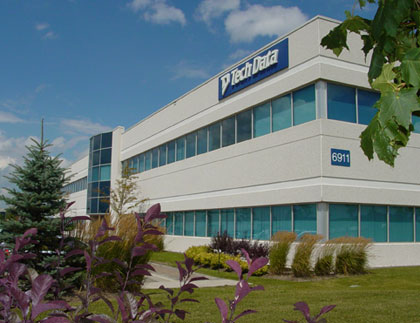Symantec Corp. announced that its Board of Directors has unanimously approved a plan to separate the company into two, independent publicly traded companies: one business focused on security and other business focused on information management.
Symantec’s decision to pursue a separation follows an extensive business review of the company’s strategy and operational structure. Creating two standalone businesses will allow each entity to maximize its respective growth opportunities and drive greater shareholder value.
“As the security and storage industries continue to change at an accelerating pace, Symantec’s security and IM businesses each face unique market opportunities and challenges. It has become clear that winning in both security and information management requires distinct strategies, focused investments and go-‐to market innovation,” said Michael A. Brown, Symantec president and chief executive officer. “Separating Symantec into two, independent publicly traded companies will provide each business the flexibility and focus to drive growth and enhance shareholder value.”
Brown continued, “Taking this decisive step will enable each business to maximize its potential. Both businesses will have substantial operational and financial scale to thrive.”
Symantec is a trusted leader in security with leading overall market share—twice the nearest competitor—in a market projected to reach $38 billion in 2018. The company’s security business sees more, analyzes more, and knows more about security threats than any other company in the world.
Its unified security strategy has three primary elements:
· Deliver a unified security platform that integrates threat information from its Symantec products and Norton endpoints to generate more intelligence and telemetry, and integrate this threat information in a big data platform for superior threat analysis.
· Grow its cybersecurity service capabilities across managed security, incident response, threat adversary intelligence and simulation-‐based training for security professionals. This is an enormous growth opportunity as managed security services is projected to be a $10 billion market by 2018 growing at a 30% CAGR from 2013 to 2018.
· Simplify and integrate its security products portfolio by consolidating its Norton products to one offering and by extending its ATP and DLP capabilities into more of its products to maximize protection in each of its enterprise access points: endpoint, mail, web and server gateways. The first offering in this series will be an ATP threat defense gateway that Symantec expects to introduce by the end of this fiscal year.








